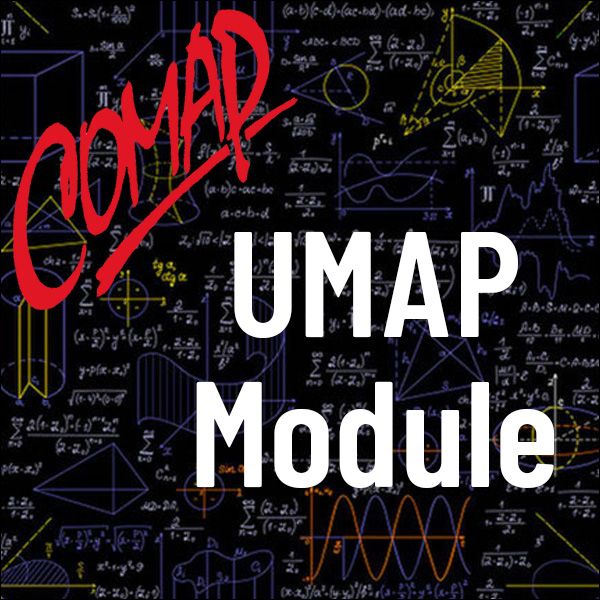Decision Analysis for Multi-Candidate Voting Systems (UMAP)
Author: Samuel Merrill, 3rd
A unit that relates finite mathematics to decision analysis for multi-candidate voting systems. By using this module students will: 1) become familiar with a variety of multicandidate voting systems, including approval, Borda, and cumulative voting; 2) understand basic concepts in decision analysis, including Savage (minimax) regret and expected utility; 3) be able to apply these concepts to strategic decisions made by voters in order to compare voting systems; and 4) be able to use survey data to study the possible impact of various voting systems.
Table of Contents:
1. INTRODUCTION
2. EXAMPLES OF VOTING SYSTEMS
3. THE MODEL
4. DECISIONS UNDER UNCERTAINTY: THE SAVAGE REGRET CRITERION
5. DECISIONS UNDER UNCERTAINTY: THE LAPLACE CRITERION
6. DECISIONS UNDER RISK: EXPECTED UTILITY
7. COMPUTATION OF OPTIMAL STRATEGIES FOR GENERAL VOTING SYSTEMS
8. COMPARISON OF VOTING SYSTEMS WITH REGARD TO OPTIMAL STRATEGIES
9. THE CHOICE OF DECISION CRITERIA
10. EMPIRICAL IMPACT ON THE OUTCOME OF MULTICANDIDATE ELECTIONS
11. CONCLUSION
12. ADDITIONAL EXERCISES
13. REFERENCES
14. ANSWERS TO EXERCISES
15. APPENDICES

Mathematics Topics:
Application Areas:
Prerequisites:
You must have a Full Membership to download this resource.
If you're already a member, login here.